-
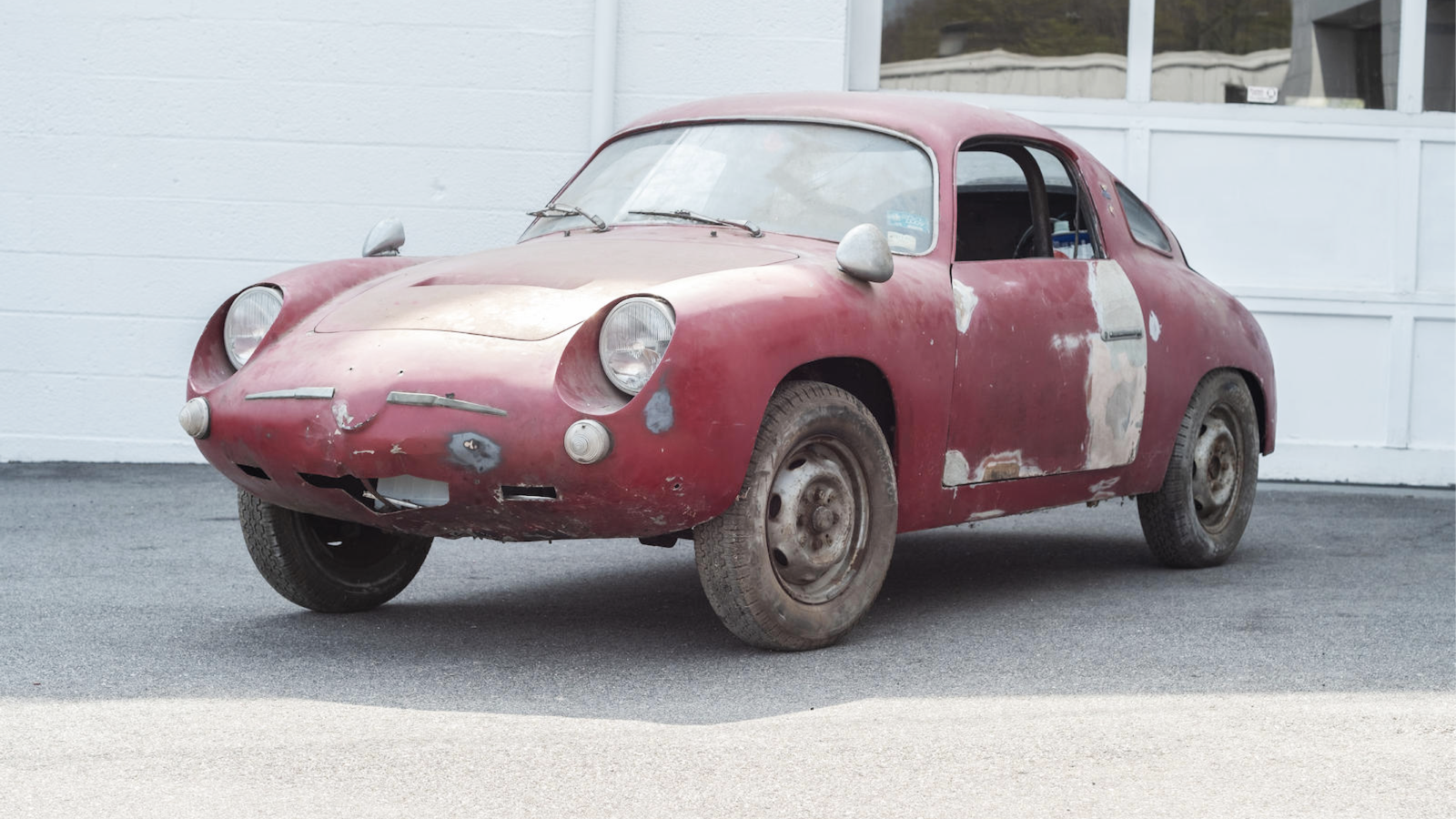 © Bonhams
© Bonhams -
 © Bonhams
© Bonhams -
 © Newspress
© Newspress -
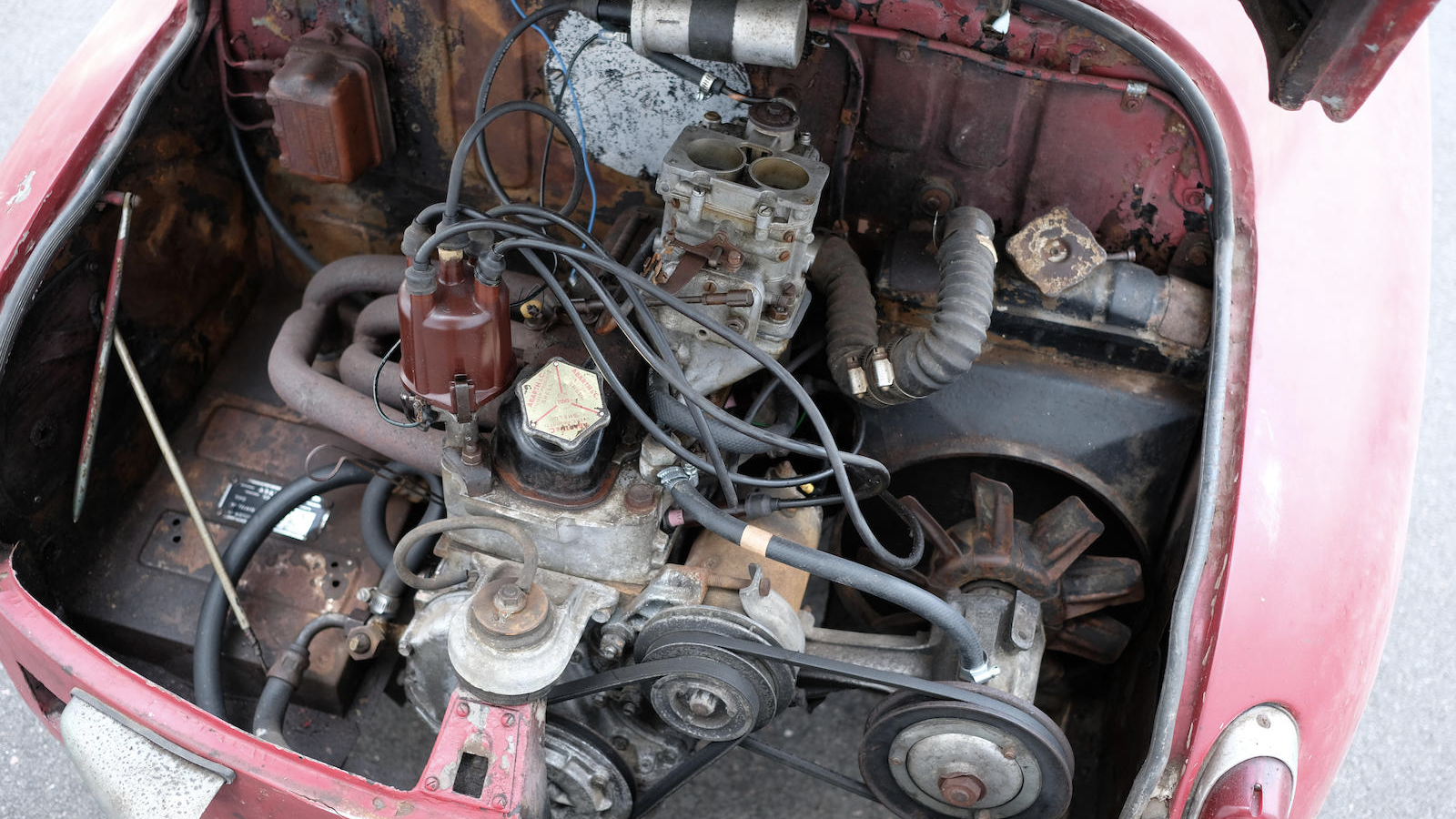 © Bonhams
© Bonhams -
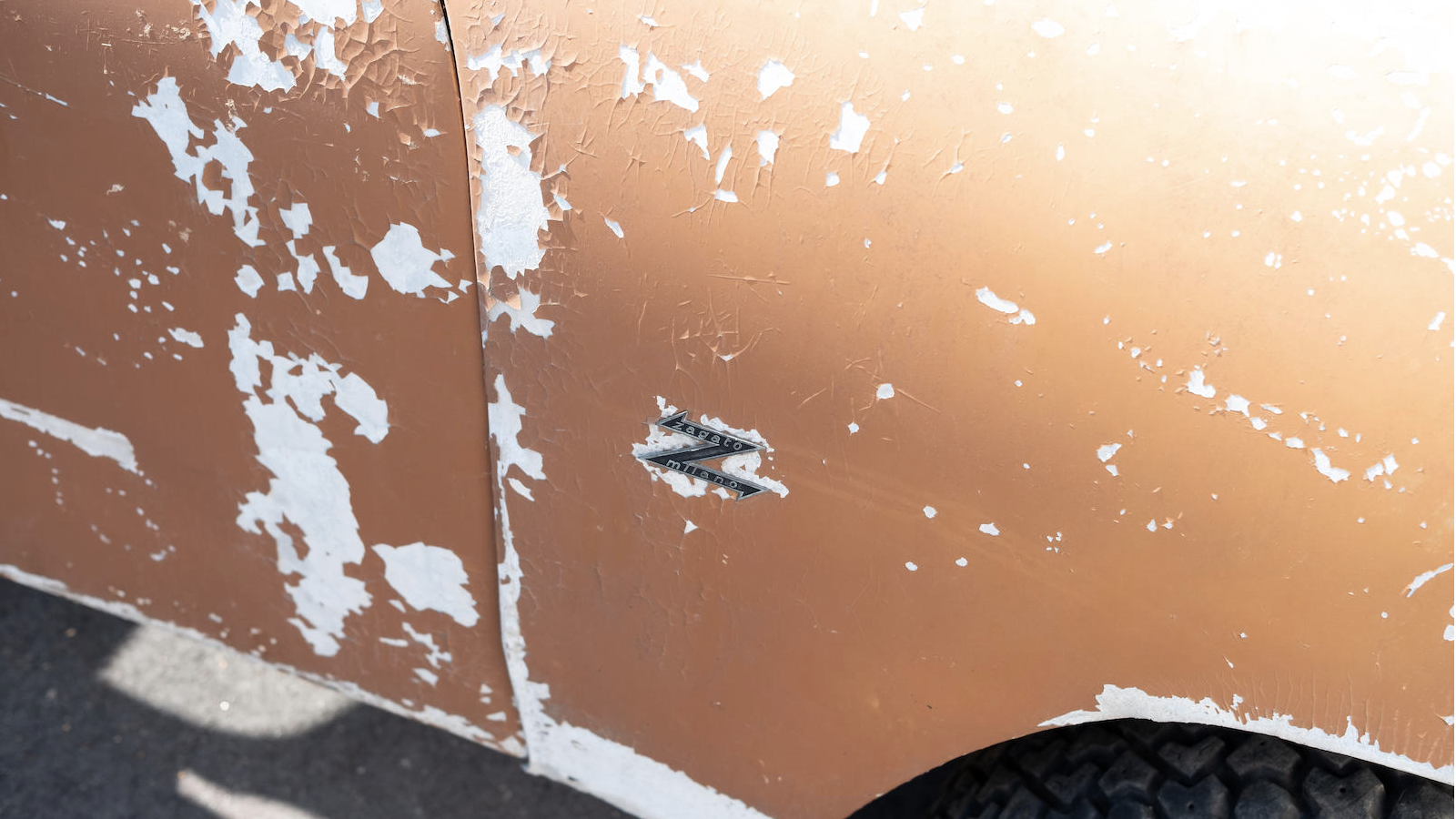 © Bonhams
© Bonhams -
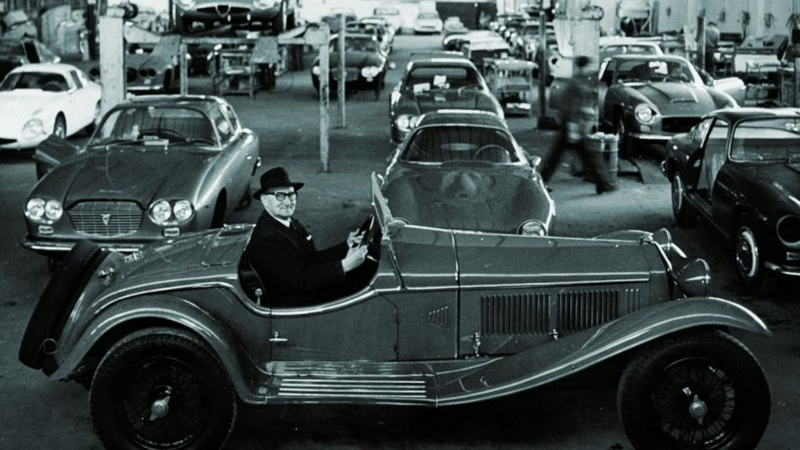 © Zagato
© Zagato -
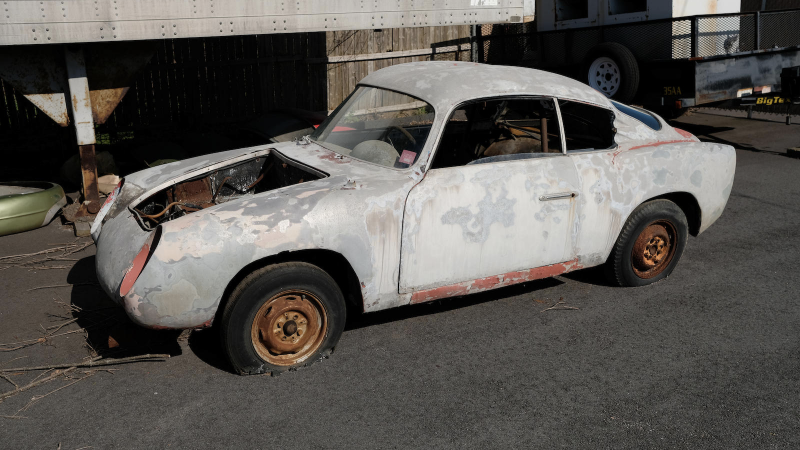 © Bonhams
© Bonhams -
 © Bonhams
© Bonhams -
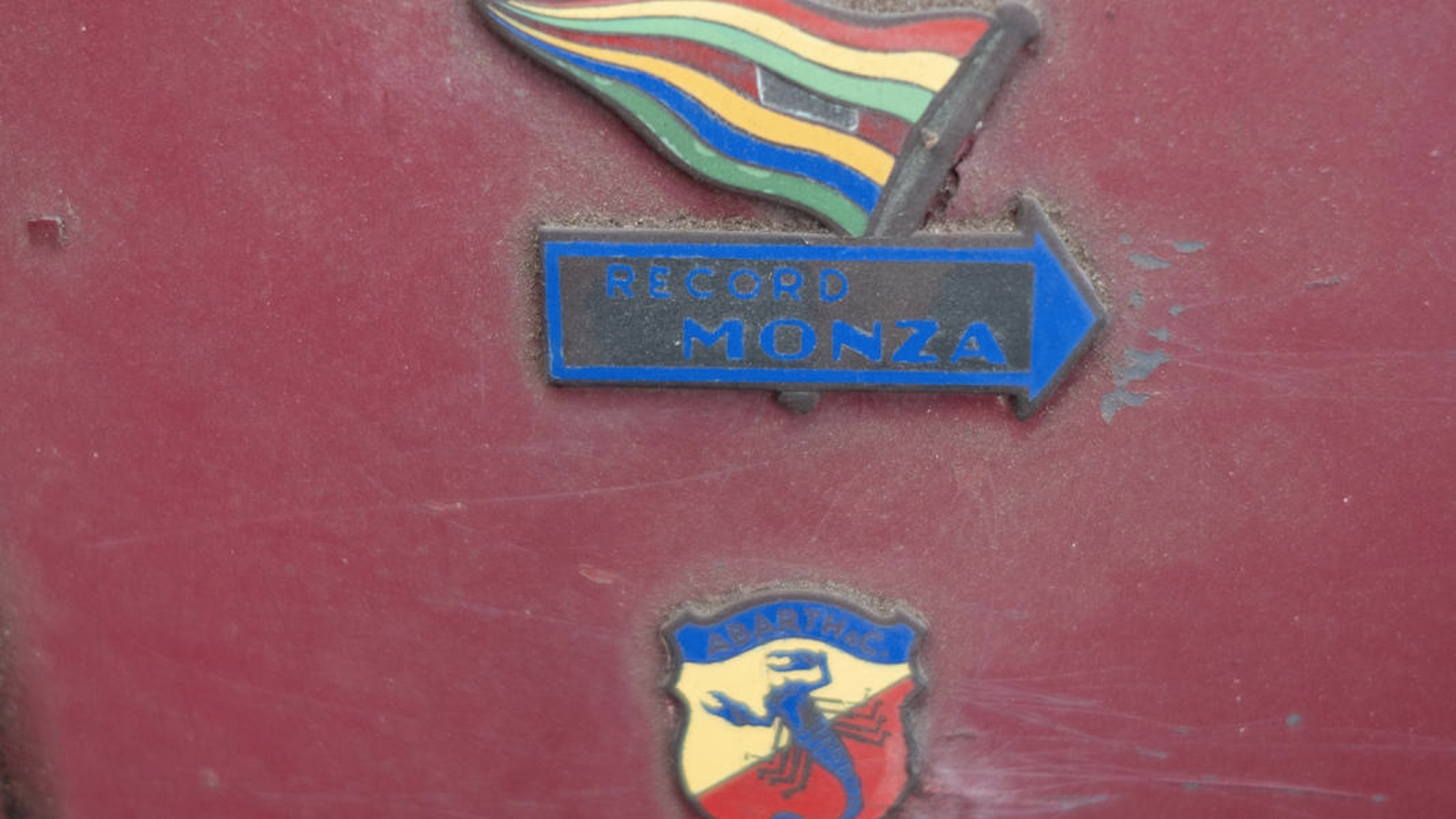 © Bonhams
© Bonhams -
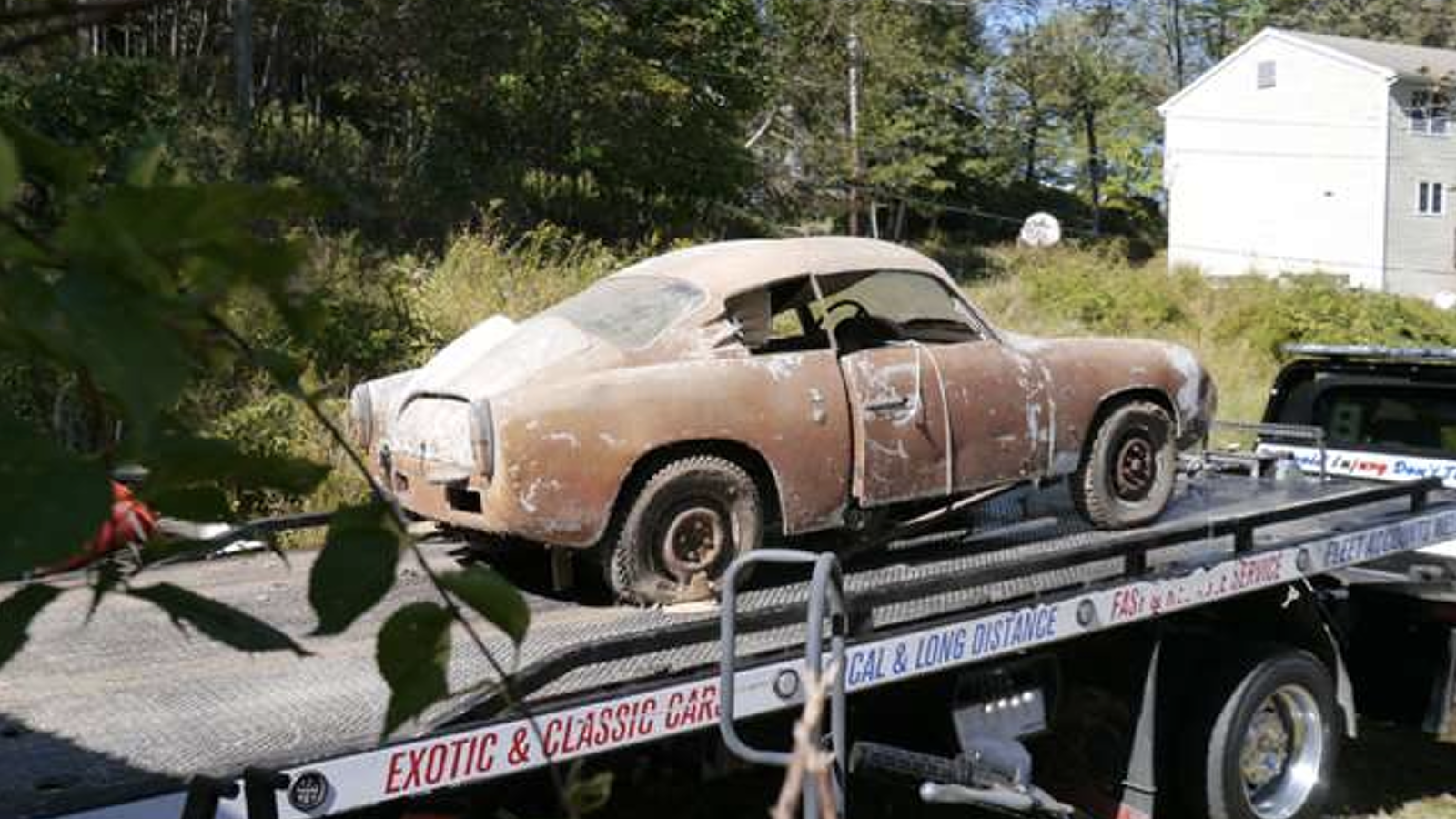 © Chasing Classic Cars
© Chasing Classic Cars -
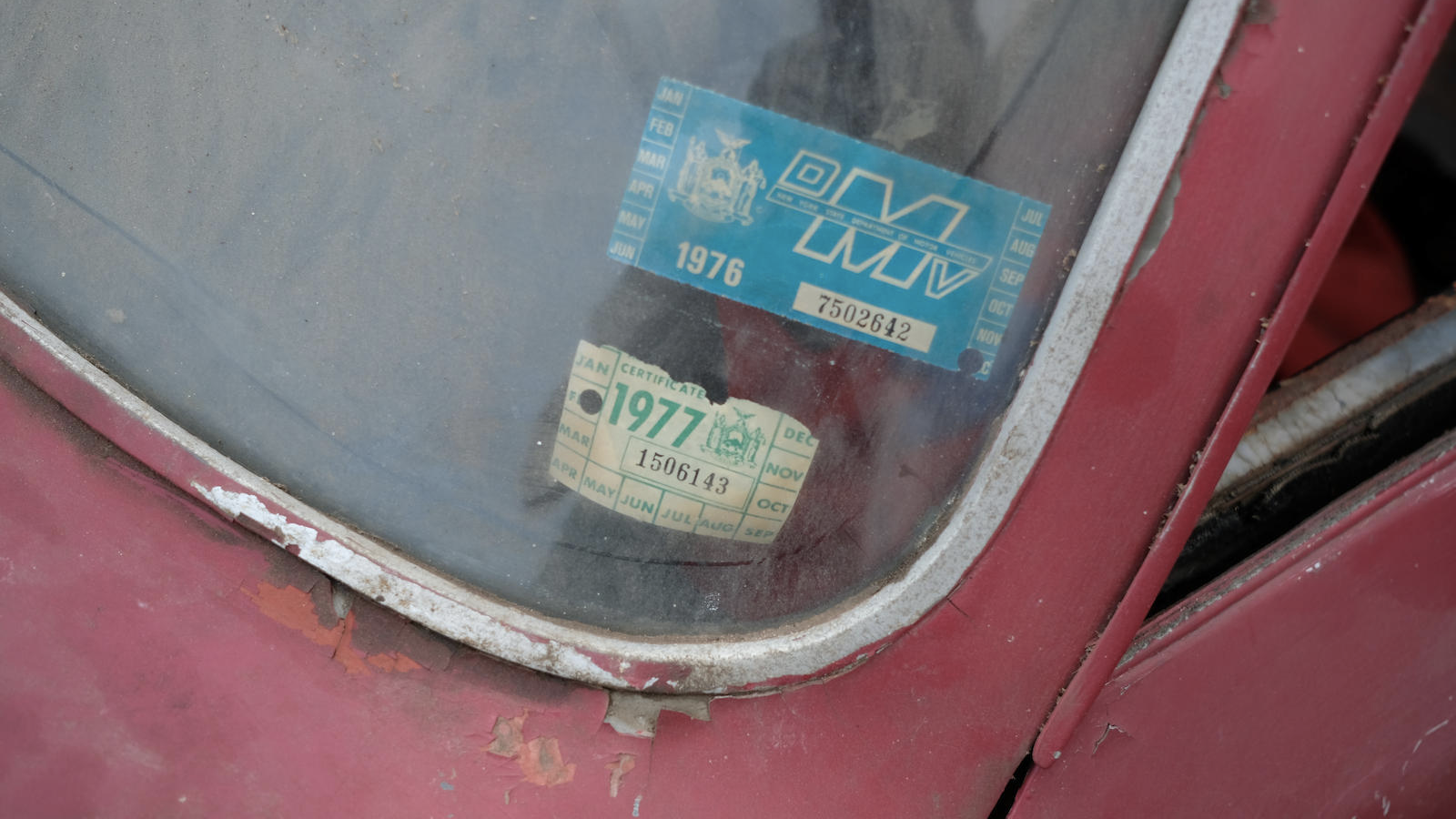 © Bonhams
© Bonhams -
 © Bonhams
© Bonhams -
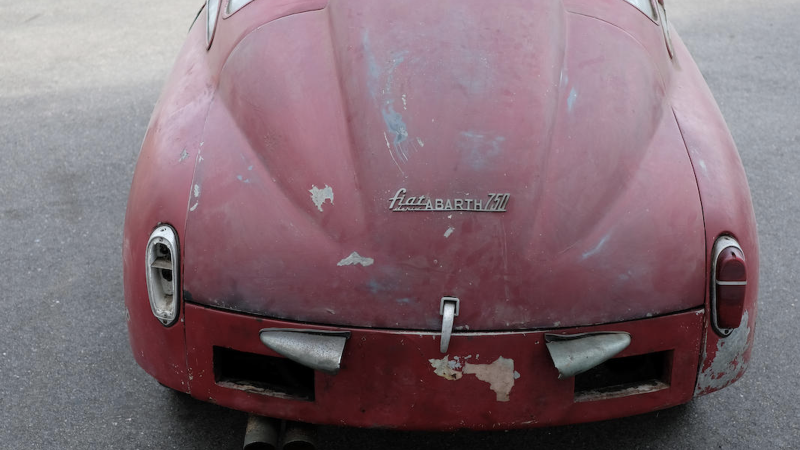 © Bonhams
© Bonhams -
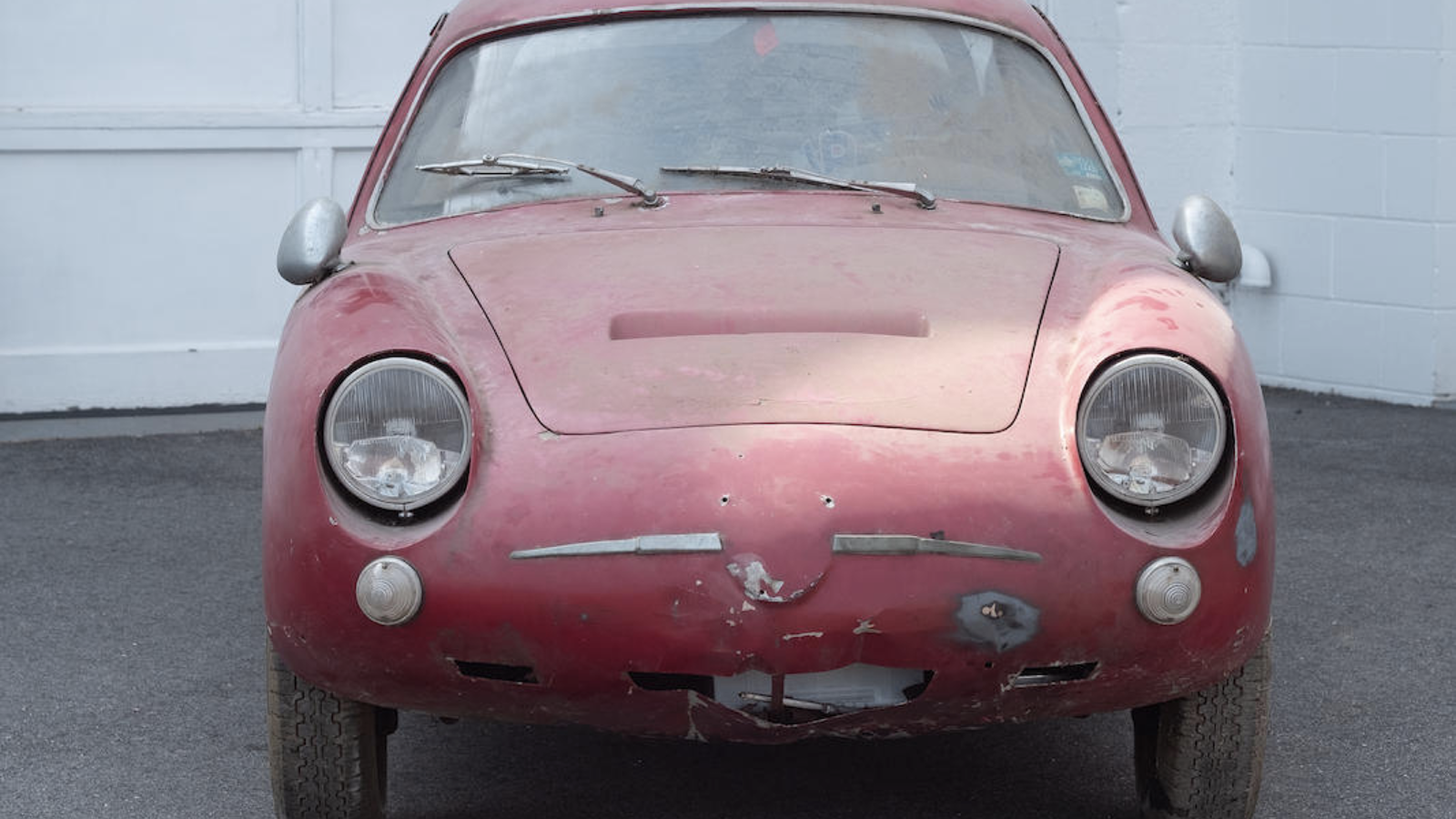 © Bonhams
© Bonhams -
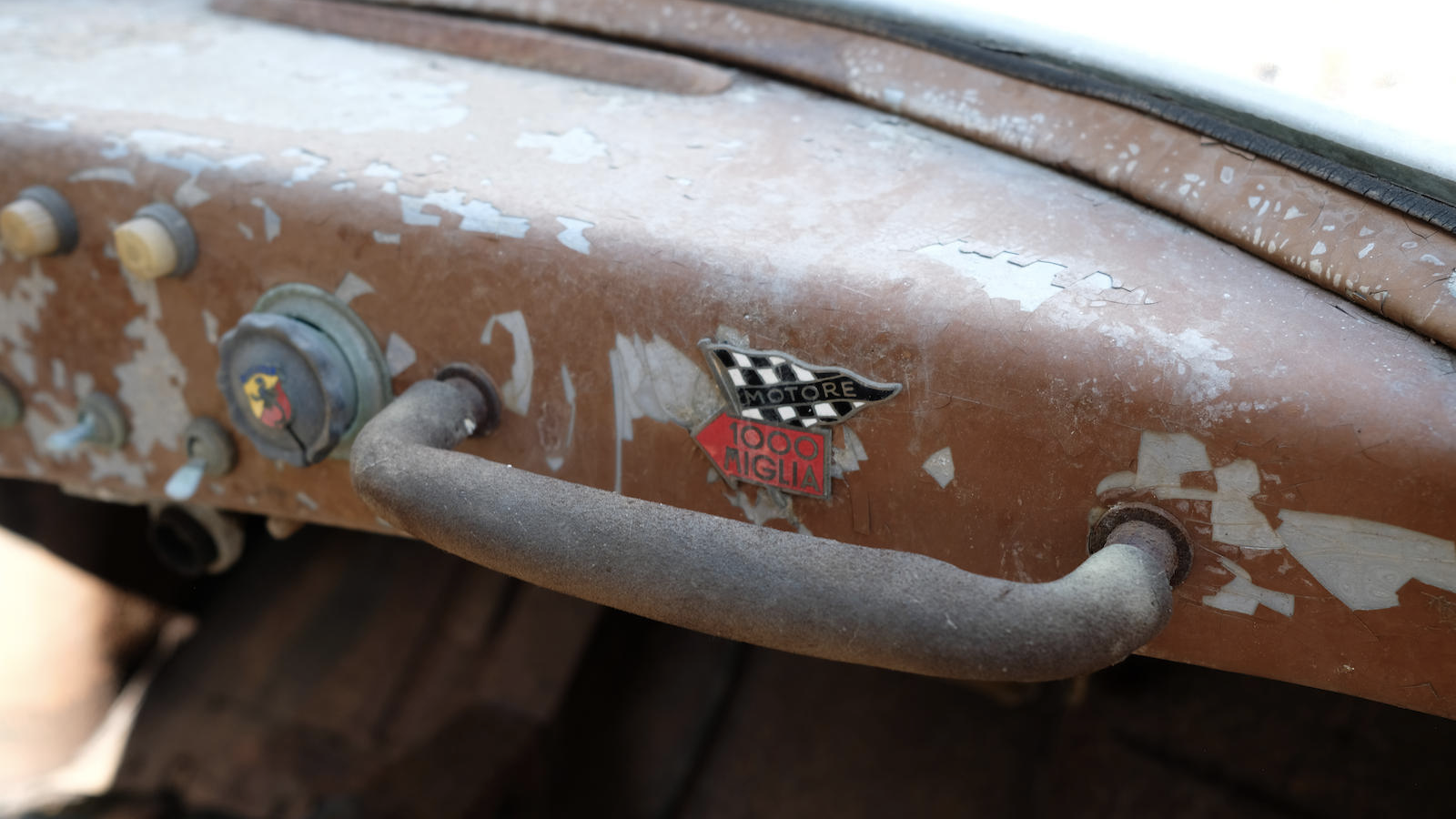 © Bonhams
© Bonhams -
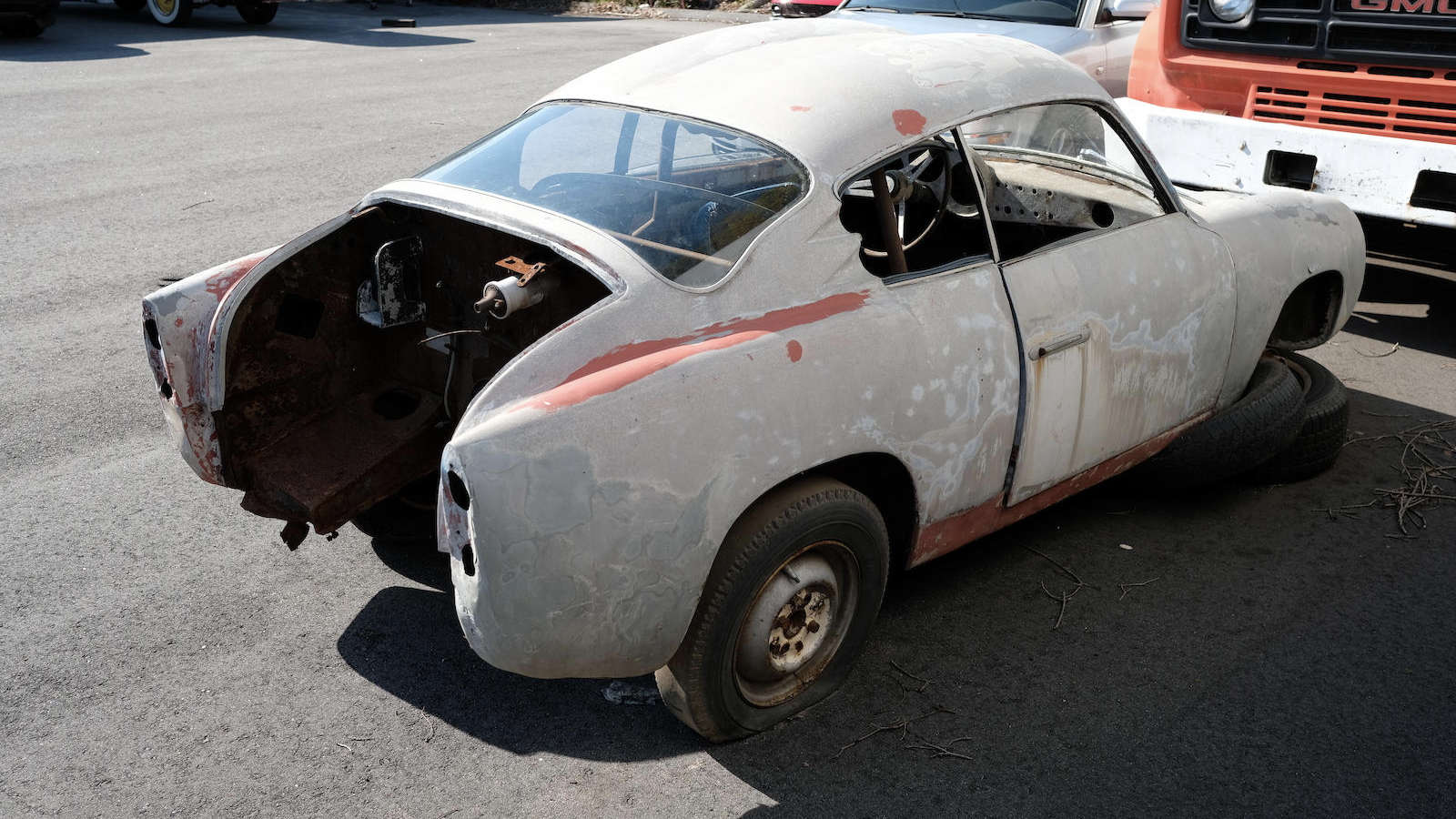 © Bonhams
© Bonhams -
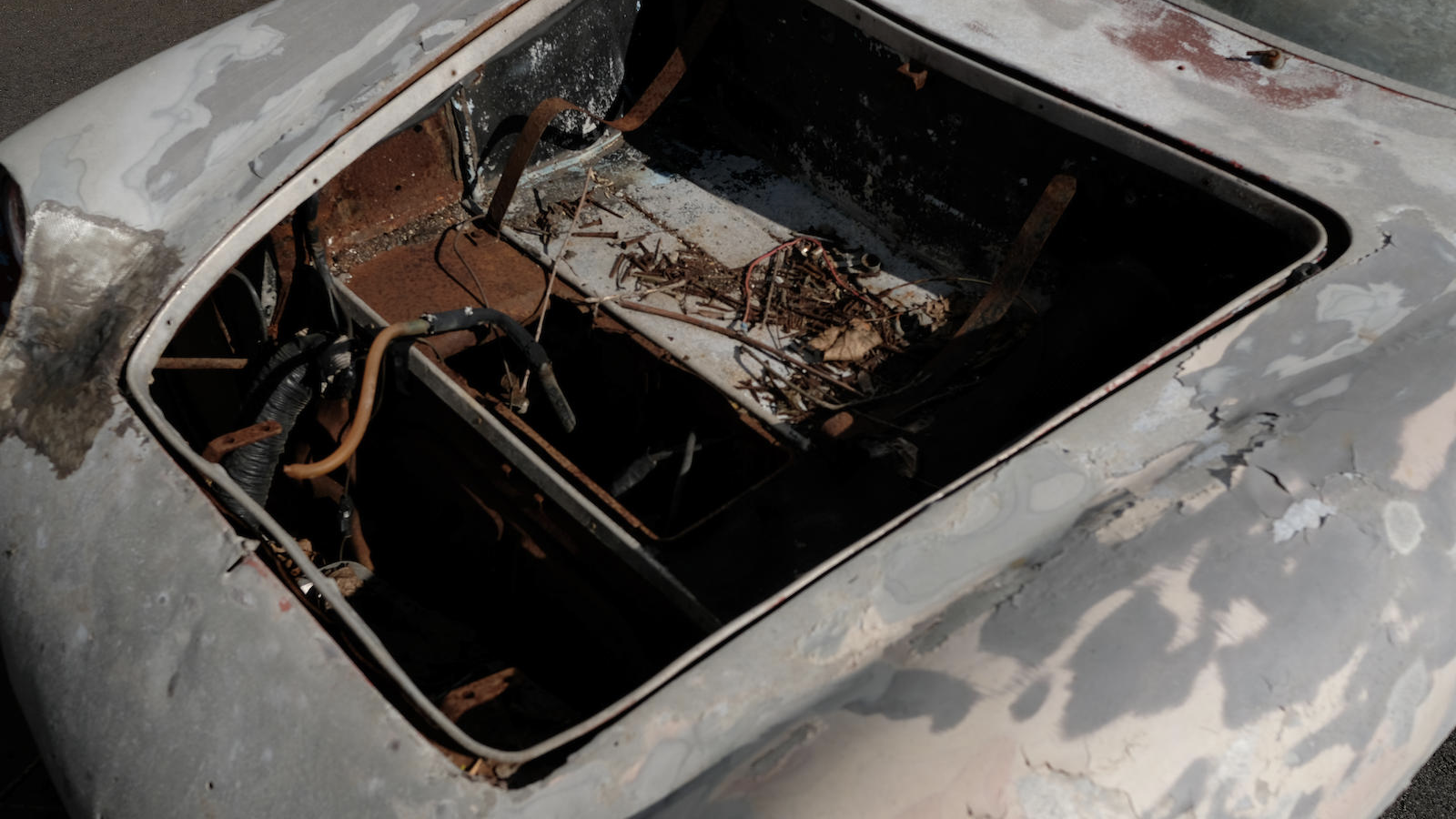 © Bonhams
© Bonhams -
 © Bonhams
© Bonhams -
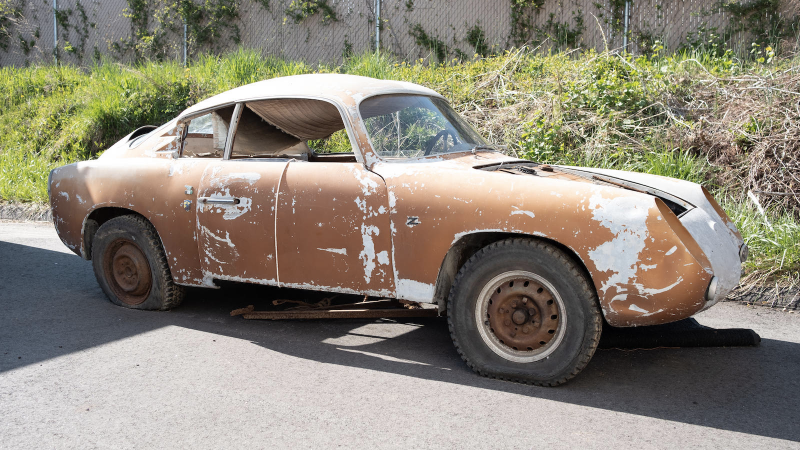 © Bonhams
© Bonhams -
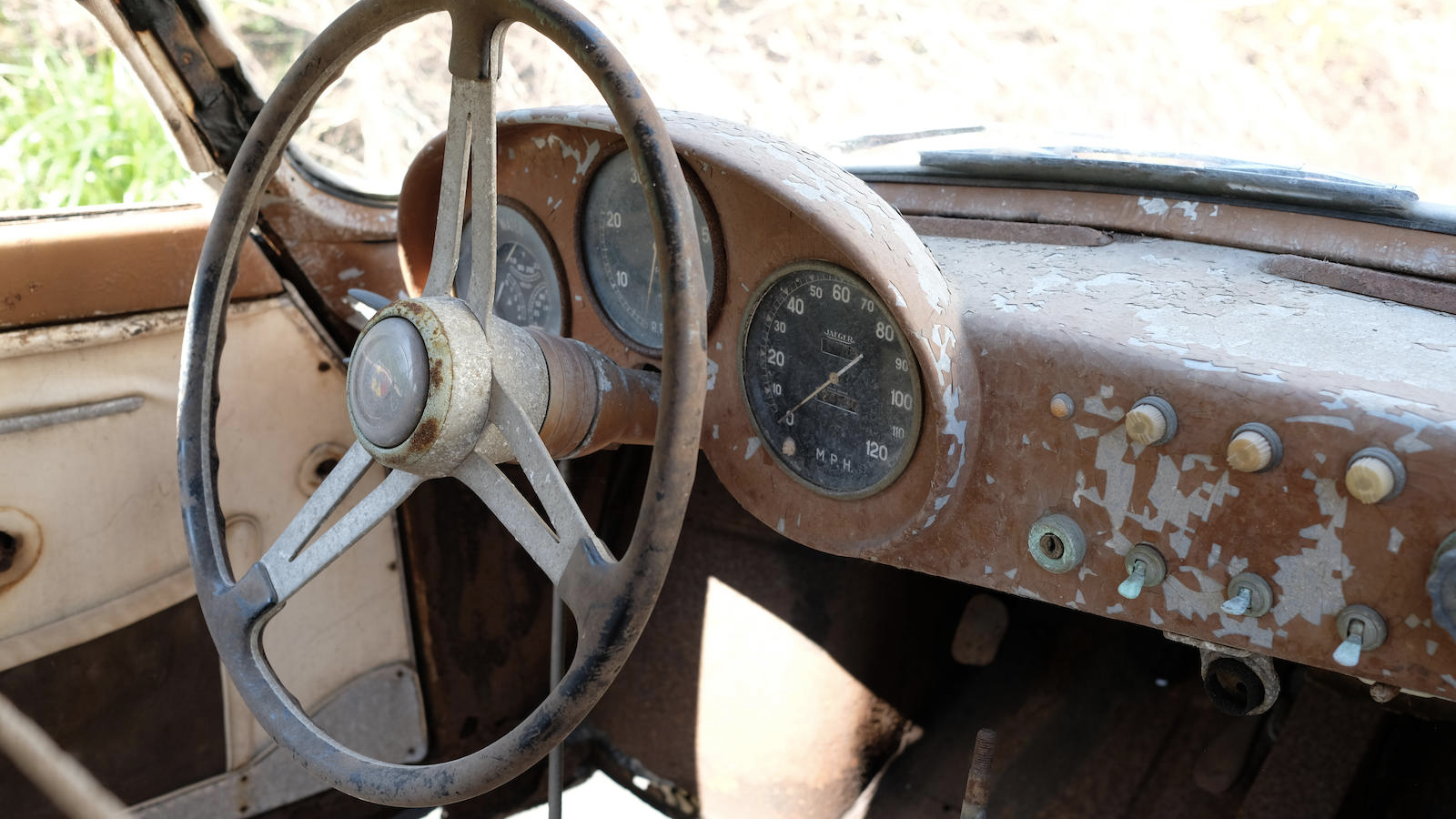 © Bonhams
© Bonhams -
 © Bonhams
© Bonhams -
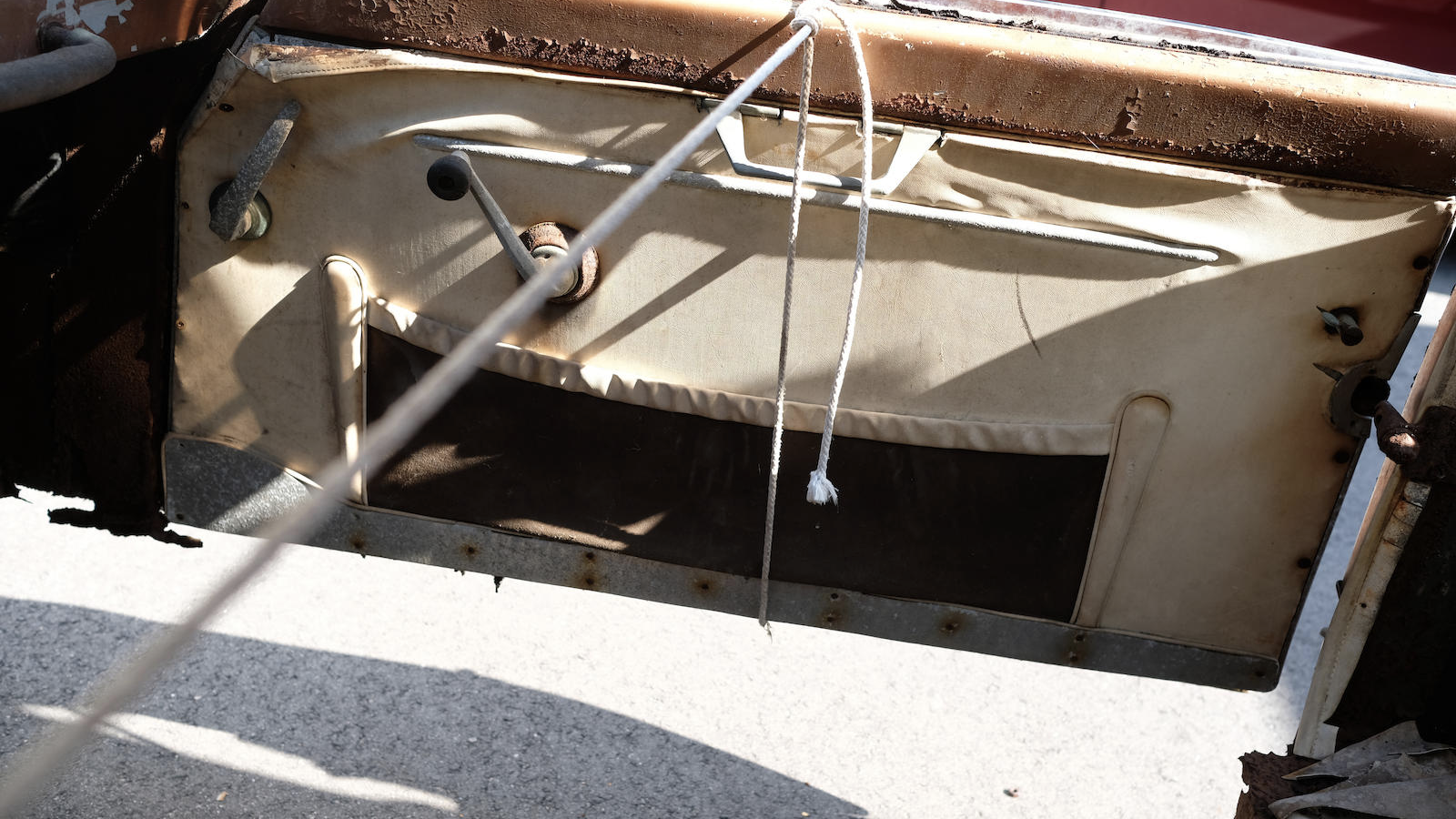 © Bonhams
© Bonhams -
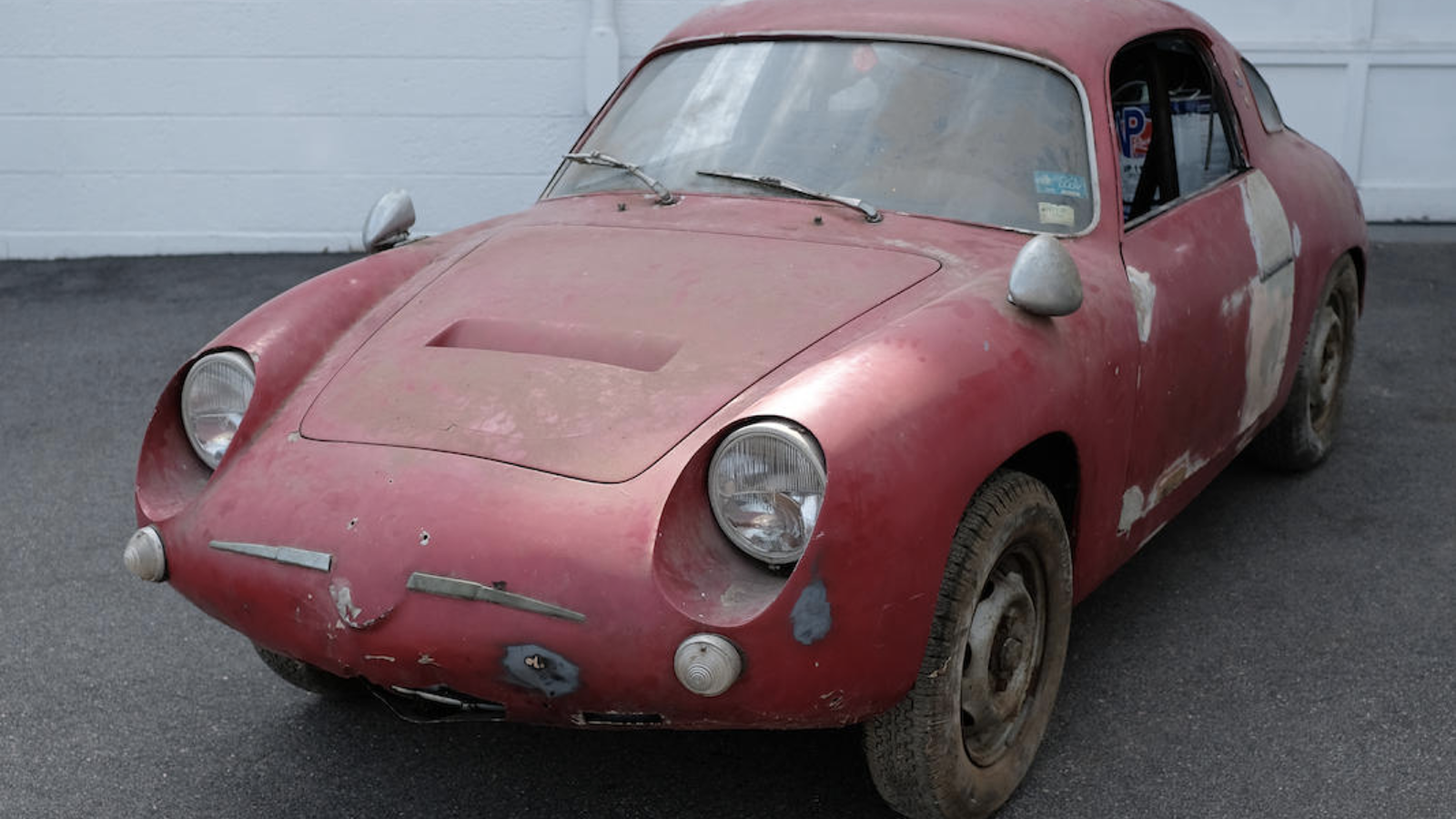 © Bonhams
© Bonhams
-
Mid-’50s coupés bodied by Zagato could fetch £65,000
When someone says Fiat, there’s every chance you’ll picture a Punto and instantly lose interest.
Thing is, that Abarth label is oh-so-important: now part of Fiat, the marque was once a standalone producer of performance cars and race-ready machines.
Which means this trio of rusty Fiat-Abarth 750s are much more than your average ‘50s two-seaters – not least because they were unearthed on an episode of US barn-find show Chasing Classic Cars and they’re also clad in rare coachwork by Zagato.
Zaga-who? Read on and all will be explained.
-
Revise and conquer
Why build a car from scratch when you can take an existing chassis, tweak things and create a racey runaround? That was Italian marque Abarth’s approach, anyway – and it worked a treat on the 750.
-
Racing heritage
Founded by Carlo Abarth in 1949, the plucky upstart made a name for itself by tuning and racing sports cars, until it moved to Turin in 1951 and struck up its now legendary relationship with Fiat.
-
Souped up
Based on the existing Fiat 600, the 750 launched in the mid-’50s with a motor tuned by Abarth to – wait for it – 750cc. Together with other tweaks, such as a bigger carburettor and lighter flywheel, power almost doubled and the top speed pushed 80mph.
-
Several outfits
Back in the ‘50s, though, you weren’t limited to standard bodywork: like many car-makers at the time, Abarth offered its latest creation with the option of shells from several coachbuilders – and the rarest 750 style of all was the aerodynamic ‘double bubble’ by Zagato.
-
Flighty stuff
Zagato was founded in Milan by Ugo Zagato in 1919, as a body shop for cars and planes – so it makes sense that the styling house became known for its sleek, streamlined designs, which graced everything from Alfa Romeos and Aston Martins to Ferraris, Fiats and Maseratis.
-
Slippery critter
And that was very much the case on the Abarth 750. Zagato’s aluminium shell was sleek and slippery, characterised by that now-famous ‘double bubble’ roof designed to maximise headroom, together with an engine cover raised to make room for the carburettor.
-
Sufficient horses
A real pocket rocket, the 750’s diminutive stature belied what was very much a racing pedigree. 44bhp might not sound like much, but it was plenty to get the well-proportioned machine moving.
-
More than one
Besides the bodies, 750s actually came in several iterations, including the ‘Record Monza’ or ‘Bialbero’, which broke cover at the 1958 Turing Motor Show carrying a more powerful twin-cam engine good for 47bhp and went on to find great racing success.
-
TV debut
This particular trio of 750s was discovered on Chasing Classic Cars. Not familiar with the popular TV show? It follows moustached lead man Wayne Carini as he scours the US for forgotten classics, often left rusting in barns.
In the episode 3 Abarths & A Kaiser, Carini unearths the Italian machines together in a barn – and is suitably surprised. Finding any original Zagato-bodied 750 would be a good discovery, but to find three original examples together is little short of remarkable.
-
Plenty of potential
A true barn-find haul, the Zagato-bodied classics are all in need of a thorough restoration – but that doesn’t detract from their rarity. Given a good overhaul, they could well fetch a healthy price at a subsequent auction.
-
Monza machine
Take the 1959 Fiat-Abarth 750 Record Monza discovered as part of the find. Few of this more powerful version of the 750 were built, and this faded red number is a highly original (and largely complete) example.
-
Protected alloy
While it certainly needs some love, care and attention to get it back to its best, it’s still in running condition – and that aluminium construction means it hasn’t really suffered from rusting.
-
Strong sales record
All of which means that, with a good restoration and recommission of the engine, it could do very well at auction. Previous concours-quality examples have changed hands for upwards of £100,00 (US$130,000) – and it’s expected to fetch more than £22,000 unrestored.
-
More for good measure
It’s a similar story for the pair of double-bubbles unearthed alongside the Record Monza. Both are believed to be 1957 examples, though neither is in quite as healthy a state as the red runner.
-
Fresh licks
Take chassis 658862: while that stunning Zagato bodywork is largely present and correct, it’ll need quite a lot of attention to get it looking its best, with pictures showing some serious patina on the shell.
-
Motor comes separately
Its engine has been removed, too, alongside a host of other components – so while the winning bidder will take home a rare Abarth, they’ll need to do quite a bit of reassembly, not to mention sourcing a fair number of the missing parts.
-
Good return
All the same, with an auction estimate of £7400 to £15,000, there’s plenty of potential for a knowledgeable restorer to turn a profit on this ‘57 Fiat: a pristine Zagato-bodied 750 sold at auction in 2012 for £82,600 (US$111,000).
-
Bronzed over
Finally, there’s this bronze 750. Set to sell, like the others, with no reserve, it arguably needs the most work of the three machines, given that its floor is apparently missing – though a host of its components are bundled in with the lot.
-
Plenty of gas
Another 1957 Zagato-bodied double-bubble, it’s largely complete and structurally sound, and is notably fitted with an enlarged fuel tank (suggesting it might once have raced), but the shell is visibly worse for wear and the engine could doubtless do with a good deal of work.
-
Low estimate
Again, though, with an upper estimate of just £15,000, there’s huge potential for a wily investor to turn this dilapidated Abarth into a thing of beauty – and value.
-
Summer sale
All three will go under the hammer with Bonhams auction house at its Greenwich Concours d’Elegance sale on 3 June 2018, alongside a host of century-spanning classics from the world over.
-
Ones to watch
And, if the estimates are anything to go by, the entire trio of barn-find classics could change hands for a mere £65,000. Give it a few years and there’s every chance they’ll crop up again in far better condition – and with far bigger price tags.
